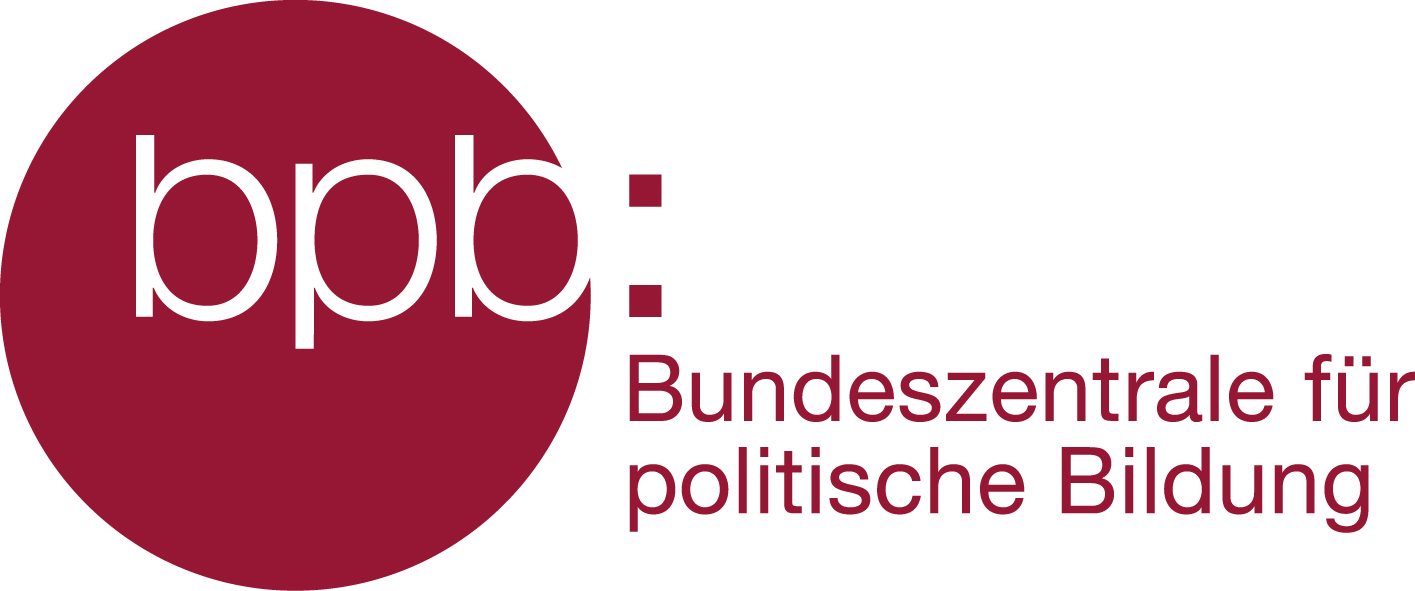Panel 3: Socialism goes global – duality of an experiment
{{ time.start_TS | TS2dateFormat('MMM') }}
{{ time.start_TS | TS2dateFormat('YYYY') }}
| free of charge |
| English + simultaneous translation English-German |
| Duration: 60 min |
| 14 years and older |
| Mechanical Arena in the Foyer |
| Belongs to: Post/Socialist Palaces |
Palaces of Culture featured prominently in the educational and cultural policies of socialist states. As places of encounter and education, of culture and sport, they were part of the social engineering practised by the state. At the same time, they were architectural icons of many Eastern, Central and Southern European capitals.
Today’s Palace of Serbia (Palata Srbije), formerly the “Palace of the Federation”, and colloquially known as “Palata SIV” (Palace of the Federal Executive Council), is by no means out of place amid Belgrade’s modern architecture – it rather looks like a testimony to Le Corbusier’s International Style. Carefully planned, its styling was once intended to underline Yugoslavia’s new role as leader of the non-aligned countries in global politics. Its official opening in 1961 marked the first Conference of Heads of State or Government of Non-Aligned Countries, where the basic principles of a non-aligned alternative to East or West were formulated: the struggle for peace and disarmament, and against division into economic and military political blocks. The features of this movement, to which the Palace of Serbia also belonged, show that the international path of Europe’s East was at the same time a strategy against its own marginalisation on the European continent. The discussion will reflect on the breaks and tensions in the non-aligned world order – and its postcolonial impacts to the present day.
Speakers
Prof. Dr. Radina Vučetić, Professor of Modern History, Belgrade University
Dr. Nemanja Radonjić, Assistant Professor teaching history, imagology, colonialism and anticolonialism in the 20th century, Belgrade University
Moderator
Prof. Dr. Hannes Grandits, Professor of Southeast European History at the Humboldt University of Berlin
Prof. Dr. Radina Vučetić is a professor of 20th century history in the Department of History and head of the Center for American Studies at the Faculty of Philosophy, University of Belgrade. She has published six books (among them Coca-Cola Socialism: Americanization of Yugoslav Culture), co-edited three monographs, and written numerous book chapters and journal articles on different aspects of Yugoslav and Cold War history. Her primary academic interest is the history of Yugoslavia, Cold War culture, art and politics, Second/Third World cultural encounters, and the disintegration of Yugoslavia. She was co-author of the exhibitions “Yugoslav-U.S. Relations through a Photo Lens”, “Come Together/Zajedno: 180 Years of UK-Serbia Diplomatic Relations”, and “Tito in Africa: Picturing Solidarity”. She was a European Research Council project evaluator, and UNDP consultant for the project Wars of the 1990s. Her research has been supported by grants and fellowships from the Imre Kertész Kolleg Jena, the Robert Bosch Foundation, DAAD, and the U.S. Department of State’s Study of the U.S. Institutes (SUSI) fellowship: U.S. Culture and Society (New York)
Dr. Nemanja Radonjić is an Assistant Professor of 20th century history in the Faculty of Philosophy at the University of Belgrade, where he teaches courses on imagology, European Cold War history, and colonial and anticolonial history. His PhD thesis “The Image of Africa in Yugoslavia (1945-1991)” was published in 2023 as Slika Afrike u Jugoslaviji, Institut za noviju istoriju Srbije, Belgrade. He was a teaching assistant at the Faculty of Philosophy and the Faculty of Political Sciences in Belgrade (2015-2019), a research fellow with the international project Changing representations of socialist Yugoslavia (Humboldt University, Berlin 2014-2019), and a research assistant and co-author of a chapter with the project Socialism Goes Global: Cold War Connections between the ‘Second’ and ‘Third’ worlds 1945-1991 (Exeter, Exeter 2016-2019). He has also been a research associate at the Institute for Recent History of Serbia since 2018. His primary research interest is imagology, international solidarity during the Cold War, and anticolonial and colonial networks. He was one of the curators of the Non-Aligned World exhibition and the organiser of the NAMTalks conference, which was held in Belgrade on the occasion of the 60th anniversary of the non-aligned movement in 2021.
Prof. Dr. Hannes Grandits is Professor of Southeast European History at the Humboldt University of Berlin, where he teaches and researches the history of Southeast and East Central Europe in the 19th and 20th centuries. Since 2010, he has been involved and held leading positions in various research partnerships and projects at the Institute of History (IfG) at Humboldt University. From 2013 to 2020, he was project leader of a network programme funded by the German Academic Exchange Service (DAAD) with universities and partner institutions in Belgrade, Koper, Pula, Sarajevo, Skopje and Zagreb. His latest book is The End of Ottoman Rule in Bosnia: Conflicting Agencies and Imperial Aspirations. London & New York: Routledge 2021.
The series “Palaces for the People. Palaces of Culture in Eastern Europe Before and After 1989” is curated by the Bundeszentrale für politische Bildung

